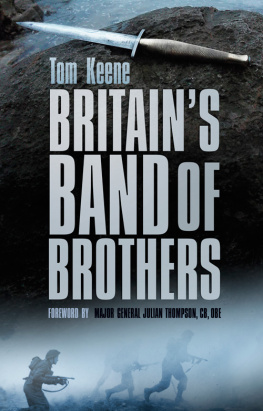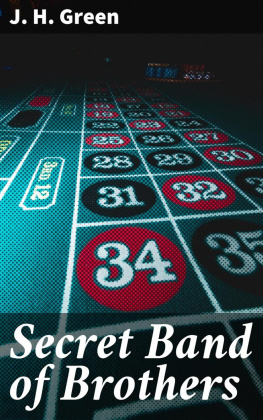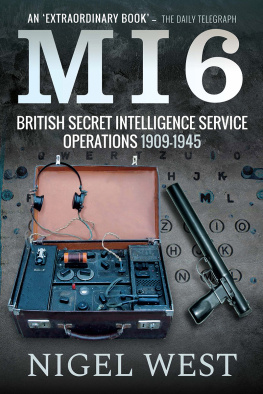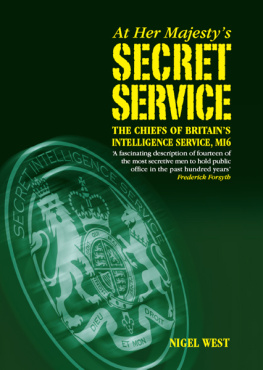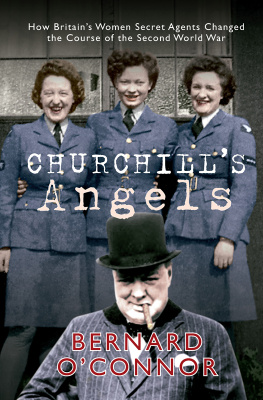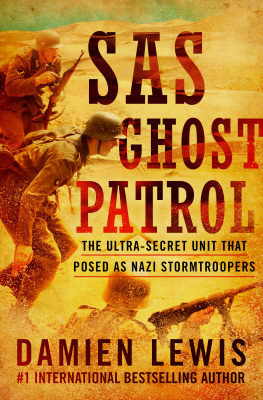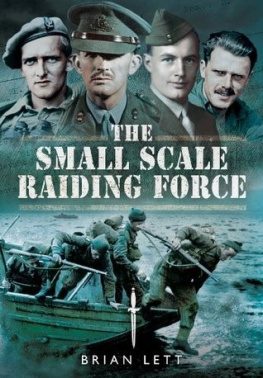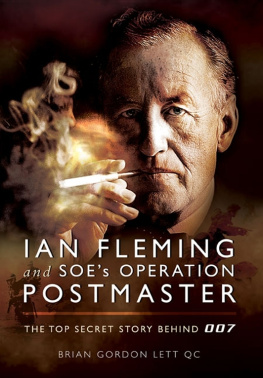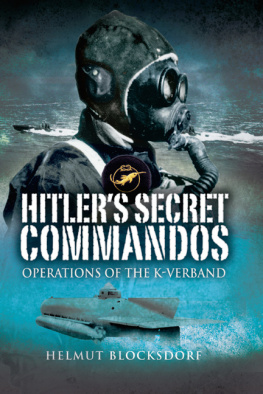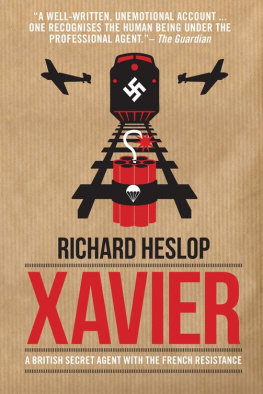
For Edward Stanley D. Sewell, my grandson, with my love. Who, although he doesnt know it yet, enjoys a life of freedom purchased with the courage of men such as these.
The Germans have a phrase for heroes: Always the tallest poppies [ Mohnblumen ] are taken. These were proper people and I hope that some day a book will be written about them.
Lord Lovat, March Past
My thanks go, first and foremost, to the relatives of the men whose wartime exploits are described below. Without them, Britains band of brothers would have stayed in the shadows of history: To J.E.A., Ernest Appleyard, whose labour of love and sorrow the publication of Geoffrey , a slim volume of letters sent home by his son has provided the framework for all that follows and has been quoted from frequently; to John Appleyard, Geoffreys half-brother, for his help and support, and for escorting me around Linton, the one-time family home; to the distant relatives of Gus March-Phillipps, Christina Bennett and Harriet Greer, for the loan of family photographs and whose retrieval of a tape and a long-forgotten transcript brought the story of Gus to life; to Jennifer and Tom Auld; to Malcolm Hayes, Graham Hayes nephew, for the loan of other photographs and for filling in some of the gaps; to Annabel Grace Hayes, Grahams niece, who shared a suitcase of forgotten letters and papers; to Chris Rooney, son of Oswald Mickey Rooney, for photographs and useful background; to Peter Stokes, MBE, son of Horace Stokey Stokes, whose almost-forgotten, unpublished, well-written memoirs brought those days so vividly to life; and to James Edgar in Australia, doughty survivor of Operations Branford and Basalt , and a veteran who still, at 93, enjoys total recall of those turbulent days. I am grateful also to Phil Ventham, local Dorset historian, and to the current owners of Anderson Manor, who allowed me into their beautiful home, patiently answered my questions and showed me where the ghosts once walked.
My thanks also go to historian Major General Julian Thompson, CB, OBE, commander of 3 Commando Brigade during the Falklands conflict and Visiting Professor at the Department of War Studies, Kings College, London; to Lt Col David Owen, MBE, curator of the Royal Corps of Transport (formally RASC) Medal Collection, held at the headquarters of the Royal Logistic Corps at Deepcut, Surrey; to Colour Sergeant Gary Chapman at 3 Commando Brigade Headquarters, Stonehouse; and to David Harrison, respected amateur SOE historian. I am most grateful also to the helpful staff at the Imperial War Museum and at The National Archives, Kew; to Dr Steven Kippax, whose efforts on my behalf have greatly assisted in the retrieval of important wartime documents. Geoff Slee and his Combined Operations website were also able to open several doors. I am most grateful also to staff of the highly efficient National Meteorological Archive, Exeter, who were able to retrieve instantly, it seemed wartime weather conditions on what was to become Omaha beach and I am grateful also for the help of the United Kingdom Hydrographic Office, Taunton.
I have drawn heavily upon the works of other authors to compile this history: Dunkirk by Hugh Sebag-Montefiore, one of the very best accounts of the fighting withdrawal to the French coast in 1940; The Commandos 1940 1946 by Charles Messenger; The Green Beret by Hilary St George Saunders; and Anders Lassen VC , MC of the SAS by Mike Langley. I am also grateful to French authors Grard Fournier and Andr Heintz for If I Must Die , their account of the Aquatint raid and to the late Peter Kemps now out-of-print No Colours or Crest. I am grateful also to Steven Forge of Oundle School in Sussex for his help in sourcing photographs of ex-Oundle pupil Patrick Dudgeon, MC.
Lastly, I am more grateful than words can express to my wife, Marguerite, whose support and patience remained unwavering as I pieced together the untold story of Maid Honor and the men of the Small Scale Raiding Force. Because it mattered to them, it mattered to me and to her, that was enough.
Contents
AA | Anti-Aircraft |
ACNS(H) | Assistant Chief of the Naval Staff (Home) |
ADC | Aide-de-Camp |
AuxUnits | Auxiliary Units |
BEF | British Expeditionary Force |
BREN | Section light automatic weapon, .303 cal. |
C | Head of SIS |
CCO | Chief of Combined Operations |
COHQ | Combined Operations Headquarters |
CD | Executive Director, SOE |
C-in-C | Commander-in-Chief |
CIGS | Chief of the Imperial General Staff |
CND | Confrrie de Notre Dame |
CSDIC | Combined Services Detailed Interrogation Centre |
DDOD (I) | Deputy Director Operations Division (Irregular) |
DFC | Distinguished Flying Cross |
DMO | Director of Military Operations |
DSO | Distinguished Service Order |
DZ | Drop Zone |
OC | Officer Commanding |
GOC | General Officer Commanding |
GRT | Gross Register Tonnage |
GS(R) | General Staff (Research) |
M | Brigadier Colin Gubbins, Director of Operations & Training, SOE |
MEW | Ministry of Economic Warfare |
MBE | Member of the British Empire |
MC | Military Cross |
MI(R) | Military Intelligence (Research) |
MGB | Motor Gun Boat |
MTB | Motor Torpedo Boat |
NID(C) | Naval Intelligence Division (Clandestine) |
POW | Prisoner of War |
RA | Royal Artillery |
RAF | Royal Air Force |
RAFVR | Royal Air Force Volunteer Reserve |
RASC | Royal Army Service Corps |
RTU | Returned to Unit |
SAS | Special Air Service |
SO | Chairman, SOE |
SO2 | Fusion of Section D and MI (R) that became SOE |
SOE | Special Operations Executive |
SIS | Secret Intelligence Service |
SS | Schutzstaffel |
SSRF | Small Scale Raiding Force |
STEN | Personal automatic weapon, 9mm cal. |
VC | Victoria Cross |
W/T | |
Next page
